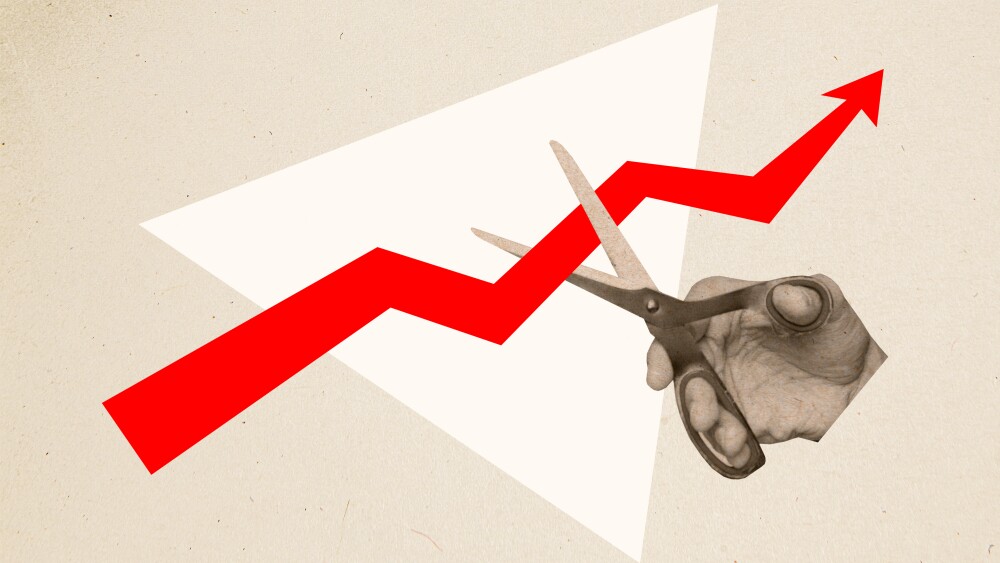Competition for resources is growing, and the usual supply chain partners may not have available capacity in the preferred timeframe.
With so much focus on developing a COVID-19 vaccines, developers also need to think ahead to how, exactly, they will transport clinical study materials and samples throughout the world. Competition for resources is growing, and the usual supply chain partners may not have available capacity in the preferred timeframe.
Globally, ClinicalTrials.gov lists 235 trials underway or in the planning stages for COVID-19 vaccines, with 56 in Phase III trials. Like their sponsors, the trial sites are located throughout the world in places such as from Brazil, Columbia, Bahrain, United Arab Emirates India, Russia and Australia.
Travel restrictions are in place in many countries, so international flights are curtailed and domestic flights are reduced.
“We’ve never chartered so many flights from region to region as we have in the past few weeks,” said Ariette van Strien, president of Marken, a subsidiary of UPS that is focused on the clinical trials supply chain.
Marken’s COVID-19 supply chain update site notes that international commercial flights to India are suspended until September 30, and there are restrictions on cargo flights. Australia has extended travel ban restrictions until December 17, the state of Victoria is under a stage 4 lockdown, and domestic flights are reduced. Multiple nations have similar restrictions, make conducting vaccine trials in those countries more challenging than normal.
All trials are challenged, but “The greatest challenges are for the mega-trials – the ones with 30,000 or 60,000 participants,” van Strien told BioSpace. “If you think of the quantities of shipping materials and the number of sites, shipping becomes challenging.
“As a vaccine manufacturer, you need to be very agile. While you are watching outbreak hotspots emerge, you have to make decisions about where to conduct clinical trials,” she continued.
Current hotspots are focused on India and Latin America, but incident rates are increasing in Europe and in some American states, too.
One of the considerations is whether enough dry ice will be available where it’s needed. Expect materials for international clinical trials to be stored several weeks while clearing customs, she cautioned. To prepare for this contingency, vaccine developers should ensure they have the right freezer farms available and that they can maintain the right temperatures to meet their vaccine’s requirements.
It’s not enough for your logistics partner to say it has state-of-the-art temperature-controlled facilities. With vaccine requirements ranging from -80°C (dry ice), to -60°C, -20°C, and the more usual 2-8°C, shippers must verify that recipients can store materials at the proper temperatures and ensure they hold those temperatures.
Van Strien also recommended ensuring access to the storage facilities so the vaccine packages can be re-iced or otherwise reconditioned if needed. ‘
“Ensuring the cold chain remains intact may be the biggest issue for developers,” she said.
The World Health Organization strongly recommends including a temperature monitor with each shipment to record the actual temperatures the vaccine experiences, door-to-door. Electronic temperature monitors alert the shipper in real or near-real time when intervention is needed and help the receiving country determine whether to accept the package. Many monitoring options are available, including combined temperature, impact and GPS trackers, that provide real-time alerts via cellular or satellite service, and reports that can be downloaded from the device.
Another concern is the speed at which the thermal packaging itself can be delivered in-country.
“You need not only to supply the vaccine, but also to ensure the distribution depot in the destination country has the necessary thermal packaging and monitors to ship vaccines to trial sites (which may change mid-trial), and that the trial sites have the materials to return patient samples (swabs or serology samples) back to the manufacturer’s lab in the U.S. or Europe,” Van Strien said.
Without advance planning, researchers writing in Vaccine said there may be a shortage of controlled temperature packaging materials and temperature monitors in the right ranges. They called on vaccine developers to alert suppliers to the likely temperature requirements as early as possible to ensure better availability of shipping materials.
Regulatory requirements also are changing, and can vary significantly. For example, exports to Russia, China and Venezuela that require an Export Control Classification Number must, as of June 29, 2020, also file additional documentation under the Automated Export System. India requires an importer Exporter Code (IEC) and a Business Identification Number. (This can be obtained from the Directorate General of Foreign Trade.) Likewise, she said, Latin American countries are known for their detailed import requirements.
“You can’t just ship packaging one day and expect it to be there the next. It may take several weeks,” van Strien emphasized.
Your carrier may have a guide to international shipping outlining country requirements.
Labeling and packaging documentation are concerns, too. The WHO specifies that instructions and illustrations for operating the temperature monitor and detailed labeling for primary, secondary and insulated packaging must be included and written in the local language.
Also, be careful to time deliveries for weekdays, avoiding holidays and weekends, and validate the shipping lane to minimize surprises.
“Many companies already are having daily calls with vendors to fine-tune COVID-19 vaccine clinical trial material distribution. That’s not typical for clinical trials,” van Strien noted.
To provide full visibility during shipping, Marken in August opened its purpose-built cell and gene control center to monitor each shipment of these complex therapies. The center monitors weather, flight delays and other potential risks, allowing it to make critical path decisions in transit.
The biggest challenge, van Strien reiterated, is ensuring the cold chain network from manufacturer to trial site has the right supplies, in ample quantities, and can adapt quickly to changes in vaccines’ thermal requirements and site locations.






